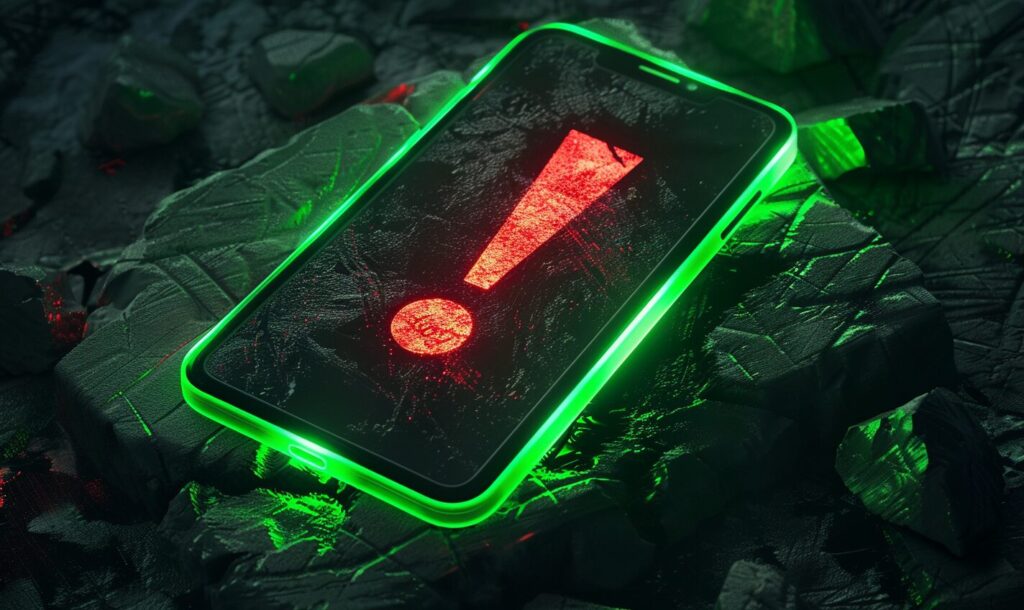Forgetting your password is frustrating, especially if it’s the phrase you use to get into your entire computer system. The information below deals with Windows password recovery. As such, what you learn could seem like a lifesaver, or at least save your sanity.
Determine the Kind of Password You Lost
The Windows system works with cloud-based Microsoft accounts, as well as local accounts that allow you to use certain features even while staying offline. The steps for changing your password vary depending on whether you have a Microsoft or local account. It’s most likely that you have a Microsoft account synched with your computer, especially if you use related services like Skype.
If you’re using Windows 10 and have version 1803 or newer, resetting a password for a local account requires answering security questions. However, if your system is older, getting back in means doing a total system reset. Make sure you back up all data first.
Fortunately, resetting your password for a Microsoft account is more straightforward. You can choose the I Forgot My Password link on your computer’s sign-in screen and follow the steps for selecting a new password.
Use a Password Reset Disk for a Local Account
Microsoft recommends that people who have local accounts create password reset disks with USB drives as soon as possible. Provided you took that step, you can reset your password by inserting the USB drive. This option even works when using a version of Microsoft 10 older than 1803.
Put the USB drive into your computer and go through the instructions for a password reset. Keep in mind that you can’t make a password reset disk after forgetting your password. It’s too late by that point.
Get started with creating one by typing the words “password reset disk”into the search bar at the bottom of the desktop. You’ll then go to a control panel link that allows going through the necessary steps for making the disk for future use.
Note: If you sign into Windows via a Microsoft account, nothing happens when you click on the password reset disk link in the search results.
Reset the Password Through the Command Line
The Windows and Mac platforms have storage components that keep wireless network details, which is good news if you forget how to sign into one of them. Similarly, there’s a back-end way to change the password for Windows using the command line.
The catch is that this solution doesn’t work if you’re stuck on the sign-in screen due to being locked out. However, it will allow you to change the password as an administrator for other people using the same computer who forgot their passwords.
Begin by typing “cmd” into the Windows search bar. Then, right-click on Command Prompt and choose Run as Administrator. When the Command Prompt interface appears, type “net user” and press Enter. Doing that shows all the user accounts on the computer.
Note the name of the one you want to change. Then type “net user [USERNAME] [PASSWORD],” substituting the bracketed information with the actual username and the new password. Put the username inside quotes if it’s two words.
Perform a Windows 10 Password Bypass With Specialty Software
The tech marketplace includes numerous free password managers that you can use to store account details for websites you visit often. Then, you only need to know a master password to gain access to all the sites associated with it. However, password managers usually keep the login data for websites and apps, but not your system.
Fortunately, there are Windows 10 bypass tools that can get around password prompts — assuming the suggestions mentioned above don’t give the results you need. Many are pricey, but free options exist. Make sure to do careful research before deciding which one works best for you.
If you don’t want to have to bypass the Windows password at all, tweak the way you sign into Windows. Type “sign-in options” into the Windows search bar. Then, look for the drop-down menu under the Require Sign-In header. Choose Never as your desired option.
Taking this approach could be ideal if you don’t have any sensitive documents on the computer or are setting up a machine for members of the public to use. There are certain cases when it’s preferable to not deal with passwords at all. Some people purposefully remove passwords from encrypted PDFs, for example.
It’s also worth pointing out here that the Sign-in Options settings area also lets you reset your account password. Do that by clicking on the Change button in that section.
Numerous Options for Windows Password Recovery or Reset
The information here shows that there are several ways you can get back into your Windows account or reset the password. Knowing about the possibilities should help you feel calmer after forgetting that all-important login detail.
Recent Stories
Follow Us On
Get the latest tech stories and news in seconds!
Sign up for our newsletter below to receive updates about technology trends














